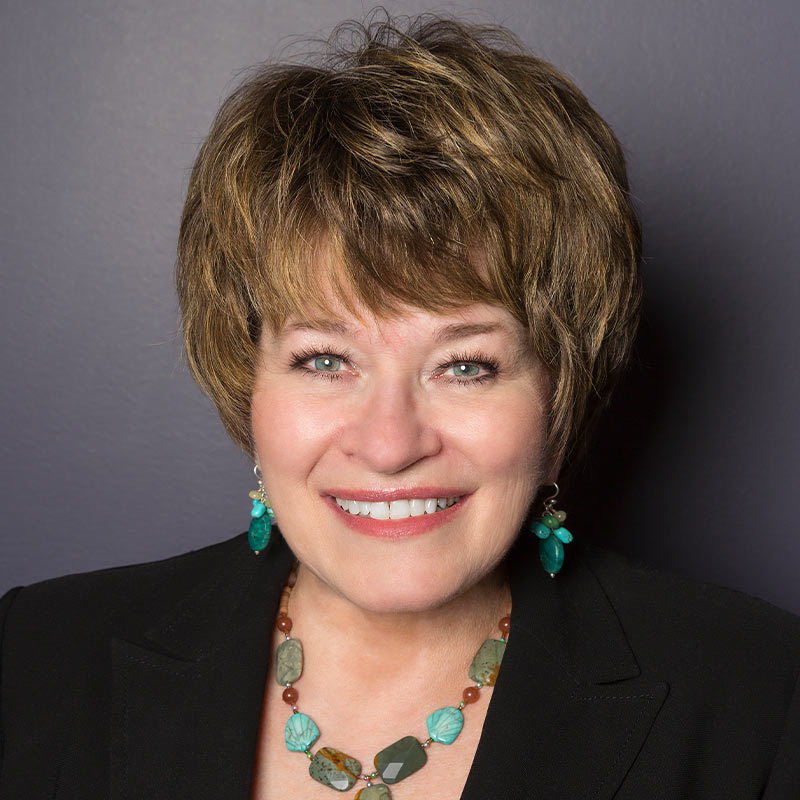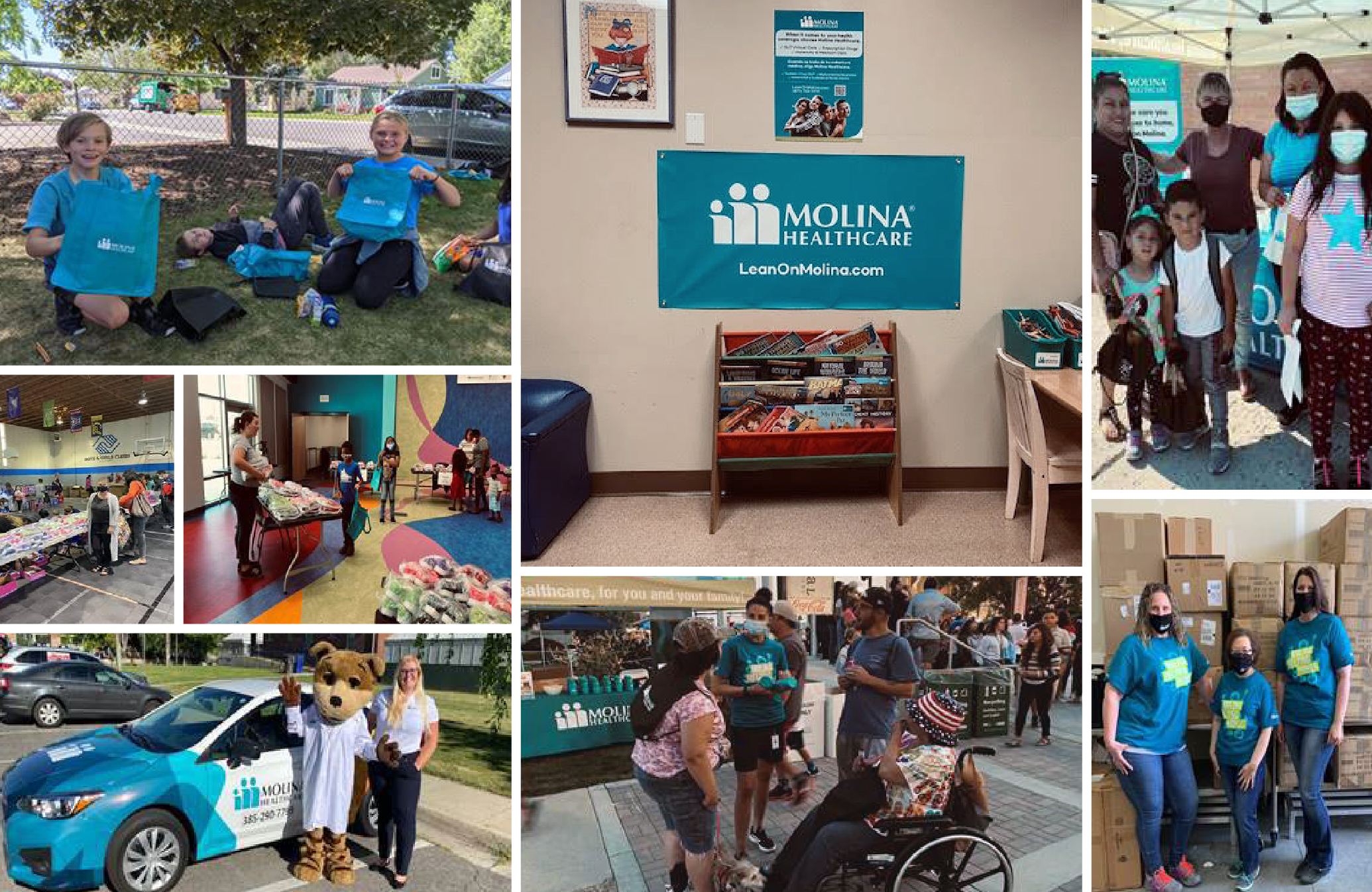Lynette Hansen, AVP of Quality and Risk Adjustment at Molina Healthcare, and Steve Wigginton, CEO at Icario, had a conversation to share Molina’s success in enhancing member connections, which improved the health plan’s performance along the way.
The challenges of meeting and serving people where they are in healthcare are not new. But the approaches are evolving rapidly. The Icario team captured key takeaways from the presentation by highlighting the successful partnership and SDoH program results.
What You’ll Learn
- How to use SDoH data to reach the most at-risk populations
- Ways to blend member feedback, community connection, and available data to personalize the healthcare experience
- How SDoH impacts health plan performance measures like HEDIS, CAHPS, and Star Ratings
Overview
Health plan members frequently have access to benefits and preventive care services available to them at no cost. But even so, there are widespread patterns of low uptake and utilization.
Social determinants of health (SDoH)—the economic and social conditions that influence individual and group differences in health status—frequently play a role. But generic communications can’t solve complex individual social and healthcare needs. Member preferences are critical, and employing a multi-channel approach with text, phone, and email creates more meaningful interventions and sparks health action.
In addition, using rewards and incentives also leads to better program uptake. Molina blended data and community connection to humanize their approach and support members in ways that addressed barriers such as lack of food, housing, and more.
Leveraging Data to Identify Members Who Need Help
Hansen highlighted how Molina is working with Icario to identify individuals who need the most help. In fact, ZIP codes are a key predictor of overall health. Geographic data identifies underserved and at-risk populations facing housing insecurity using metrics on rentals versus ownership in the area.
ZIP code data in Utah also reveals challenges like food insecurity, unemployment and crime rates, and the percentages of children who are frequently absent from school.
A data-driven SDoH approach allows a health plan to then turn to their member data and heat map areas with a high concentration of members to identify the most vulnerable groups and the relevant social determinants of health.
In addition, Molina analyzes data to indicate populations with no connection to a primary care provider (PCP). Better use of data leads to a stronger outreach strategy capable of educating members and providing targeted healthcare services.
“Technology makes it possible for us to connect to members in a more appropriate way. The use of that technology is key to making healthcare a more individual experience. The information we have allows us to direct individuals to information that is most impactful to them.”

Lynette Hansen
AVP of Quality and Risk Adjustment, Molina HealthMeasuring Impact and ROI of SDoH Programs
Proving the business case for SDoH in health plan organizations is a top challenge for those looking to innovate their program designs. Once a program has been deployed, the following indicators can highlight progress:
Short-term success
- Decreased utilization of emergency rooms
- Slightly increased medical costs as members start seeing a PCP due to diagnosis of an unchecked chronic illness or disease
Long-term success
- Less member churn due to more personalized communication and strategic outreach
- Broad community impact leading to closure of specific gaps in care
- Better member experience and overall ratings
Preventive screenings and routine healthcare keep members out of the hospital and ER. SDoH programs are often a long-term strategy, but there is clear ROI in the ability to address specific social needs, allowing people to place a higher priority on their health.
The Universal Benefit of Community Connection
The highest quality feedback comes directly from health plan members. Improving member satisfaction and experience goes hand in hand with building trust and improving outcomes. SDoH support networks at Molina are a true team effort. Everyone recognizes the importance of improving population health by encouraging health action.
Molina deployed a team of individuals specific to SDoH called Community Connectors. These individuals are the equivalent of non-clinical healthcare workers with knowledge of key resources in the community. They work closely with the case management team to ensure each member receives the appropriate clinical care.
Historically, health plans start problem solving by attempting to deepen provider relationships. While important, Molina flips the script to highlight the universal benefit of connecting with community resources and drawing upon investments already being made in the area.
The Powerful Impact of Care Management and Non-Traditional Intervention
Care Managers are pivotal to forming a deeper, more personal relationship between the member and the health plan. People are suspicious of outreach, and everyone wants to know the catch.
Care Managers are used to reach out to members and bridge the communication barrier. Stitching all of these communication methods together ultimately pays dividends in the form of improved outcomes as people become more engaged in their health.
There is an emphasis on the care management function in vulnerable populations where SDoH has a more profound impact on health outcomes. Gaining a deeper understanding of the individuals Molina serves in the form of non-traditional interventions is a key part of the strategy.
Care Managers are educated on community resources available to members at no cost. Employing empathy and understanding the complexity of challenges members face, like applying for an apartment or getting a credit score cleaned up, are atypical healthcare skills that have become necessary for delivering SDoH programs to underserved populations.

Still looking for more of the latest insights on health action?
Sign up for our newsletter so you never miss a thing!
SDoH for DSNP Populations
The Dual Eligible Special Needs Plan (DSNP) is a unique and underserved population of about 3 million enrolled beneficiaries. The individuals in the plan are often eligible for Medicare before the age of 65. They also qualify for Medicaid due to their low income.

Graphic Description
- Operating in 43 States
- 3 Million Beneficiaries Enrolled
- Started in 2006
- Both Medicare & Medicaid
DSNP member needs are greater than those in traditional, commercial Medicare Advantage plans. These beneficiaries are among the hardest to reach and serve, making them a particularly vulnerable population.
More than 40% of DSNP beneficiaries have behavioral health diagnoses. Over 60% have multiple chronic conditions, making needs more complex. The impact of SDoH on DSNP populations is significant. They’re often more transient in their living situations, staying with family, on the streets, or in group housing. Urgent care and emergency rooms often provide their primary care.
These are real barriers that health plans like Molina recognize to meet critical quality measures and improve population health.
Success Stories
With an approach that blends data, community connection, and personalized communication based on member preferences, health plans reap the benefit of improving quality measures like HEDIS, CAHPS, and overall Star Ratings. They also make their communities healthier and more stable.

Here are 3 examples of the difference Molina made:
Food Insecurity
Molina New Mexico identified an opportunity to improve food security and solve nutritional challenges on an American-Indian reservation. For completing simple health actions, individuals get rewarded with a fresh box of produce along with recipes, tips, and training about how to prepare healthy meals with the food they receive.
Molina and Icario also ran a successful program that used rewards and incentives in the form of a reloadable gift card for members to purchase fresh food and produce. Offering a reward for simple activities such as logging into a health portal or learning how to take blood pressure has proved an effective incentive for driving health action.
Childhood Immunizations
During the COVID-19 pandemic, there was a concerning decrease in doctor visits. An example Hansen provided was a 40% drop in childhood immunizations, leading to a loss of herd immunity and more vulnerable kids.
Additionally, to address childhood wellness and combat developmental issues in these children, Molina focused their efforts on coordinating with several federally qualified health clinics to set up book nooks with coloring books, crayons, and books that gave children an interactive and safe space to spend time.
Having that kind of community impact is a prime example of taking small steps for big wins. The educational resources led to increased immunization rates, especially when schools were closed and clinic visits were infrequent.
The Molina Accord
Once school was back in session, districts had to turn off their water fountains due to high COVID transmission. Molina identified a high concentration of their membership in a school district that sent out a plea for water bottles that kids could bring to school.
Providing a proposal to the Molina Accord, an arm of the organization that looks to solve community needs, the health plan gave 10,000 water bottles to the school district, contributing to child health and wellness.
The Molina Accord was also able to provide lunches to children who depended on them. The program worked by allowing parents and caregivers to drive by and pick up lunches each day.
Another highlight from the program involved a school open house. Molina provided essentials like school supplies, socks, and underwear. They also provided physical check-ups, immunizations, dental exams, and even haircuts.
With groundbreaking SDoH strategies and the hard work of innovative leaders like Lynette Hansen, the Molina team aligned critical performance measures to a meaningful mission—improving the lives of their members, one program at a time.




